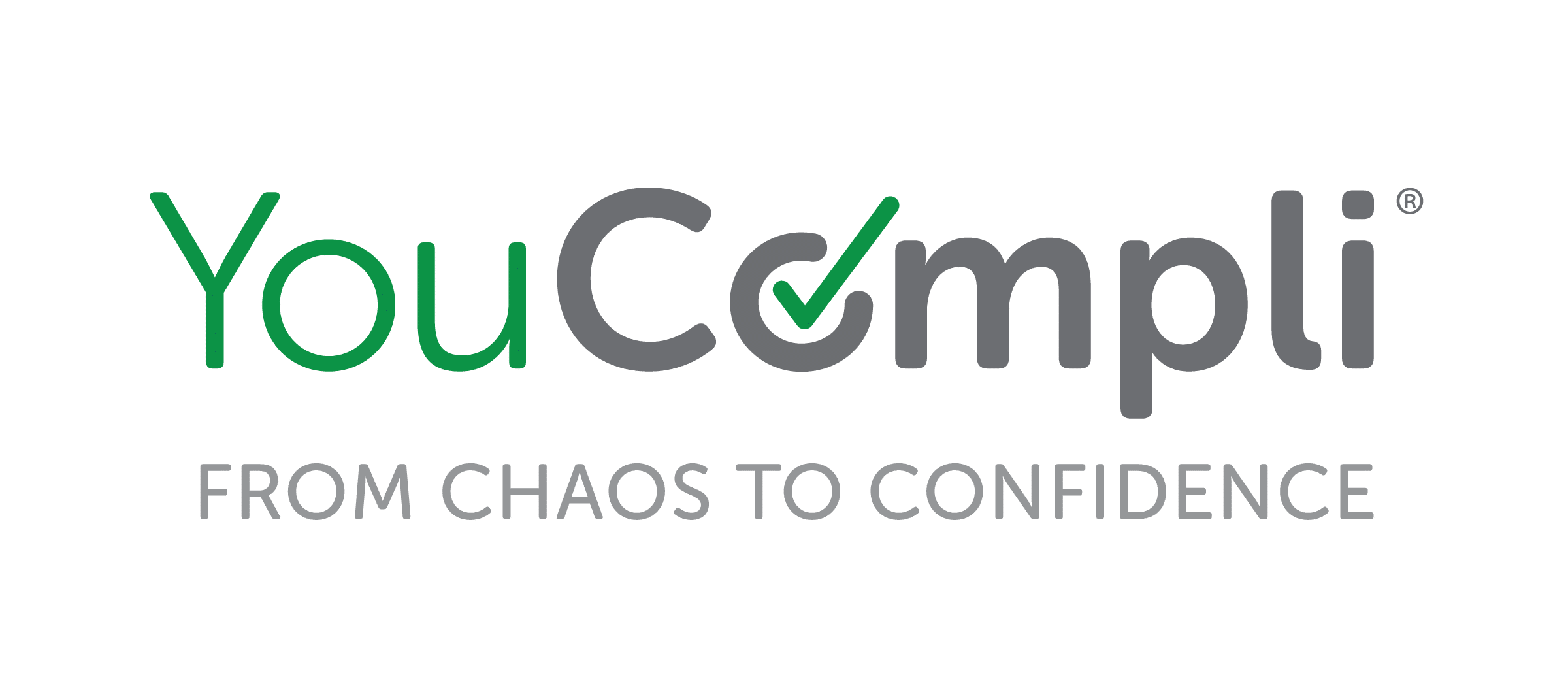
Compliance in healthcare isn’t just about meeting regulatory requirements – it’s about protecting patients, maintaining trust, and ensuring operational efficiency. Too often, compliance is treated like a separate function and oftentimes a bit disconnected from department heads, operations and leadership.
In my experience, the most successful healthcare organizations take a very different approach: compliance is seen not as an obstacle, but as a partner in driving quality care and achieving business goals. The function is embedded into decision making, planning and daily operations at all levels.
Integrating compliance into core business operations strengthens both the compliance program and the broader organization. Below we will identify practical ways to achieve that integration and review the many benefits of taking this approach.
Gaining Leadership Alignment and Buy-In for Compliance
Integration begins at the top. When leadership views compliance as a strategic priority – not just a checkbox for audits – it creates a culture where compliance is valued, understood and actively supported.
Healthcare leaders set the tone by:
- Including compliance officers/leaders in business planning and strategic discussions.
- Allocating budgets for compliance initiatives and technologies.
- Incorporating compliance-related KPIs into department and organizational scorecards.
Compliance leaders, in turn, support the organization by:
- Offering proactive guidance on regulatory risks and opportunities.
- Identifying areas of noncompliance that could lead to penalties or reputational harm.
- Streamlining interactions with external agencies by helping departments stay prepared and responsive.
Leadership support encourages compliance to be viewed as a collaborative partner, not a gatekeeper or enforcer. With executive backing, compliance becomes increasingly more effective in helping teams achieve both operational and regulatory goals.
Map Compliance Reviews into Operational Workflows
Many organizations make the mistake of layering compliance reviews onto existing workflows as an afterthought. This often results in inefficiencies, confusion or missed steps.
The better approach is to integrate compliance directly into operational processes by including it as part of how the work gets done. Compliance teams should collaborate with department managers to map out how compliance requirements intersect with day-to-day operations. Identify who is responsible for each compliance-related step, and document those responsibilities clearly. When compliance is built into job roles and routine activities, it becomes less burdensome, more efficient and more effective.
Leverage Technology for Integration and Execution
Technology plays a crucial role in streamlining compliance operations. The right tools can automate regulatory tracking, standardize documentation, assign accountability, and provide visibility to monitor progress.
Start by reviewing your current technology and assess:
- Are there opportunities to embed compliance tasks into systems staff already use (like EHRs, HRIS, LMS, etc.)?
- Are alerts and reminders automated?
- Do you have a centralized platform to manage and track regulatory changes?
Tools like YouCompli are designed specifically to close the gap between regulatory updates and operational execution. By automating the distribution of new rules, assigning tasks to appropriate staff, and tracking completion, compliance becomes an operational process, not an isolated initiative.

Utilize your existing tools to their fullest potential and explore additional solutions available to support gaps and increase your team’s ability to drive value.
Communicate and Train Continuously for Proactive Compliance
Ongoing training is critical, not just to meet regulatory requirements, and it can’t be just annual courses or a quarterly newsletter. Ongoing, direct engagement drives true integration of compliance into an organization. While required training has its place and is necessary, the real connection comes from consistent communication and face-to-face collaboration.
Here’s what should be included in a collaborative training strategy:
- Rounding Onsite: Compliance staff should be visible in every part of the organization. Walking the floors, attending team huddles, and participating in department meetings builds relationships and surfaces real-life challenges experienced by your staff.
- Microlearning Moments: Short videos, quick reference guides and FAQ weekly emails are easy to digest and keep compliance top of mind.
- Feedback Loops: Ask frontline teams where they’re experiencing friction or confusion with compliance activities. Their insights are invaluable for improving training and processes.
- Transparency: Share compliance metrics, compliance wins/achievements and areas of specific focus for improvement.
Regular interaction builds trust and encourages staff to view compliance as a source of support and clarity, not just a department responsible for shining a light on everything that’s going wrong. It positions the compliance team to be viewed as a responsive partner, not just a rule enforcer.
How to Measure What Matters in Healthcare Compliance
Let’s face it, you can’t manage what you don’t measure, but you also don’t want to measure everything and anything that can be quantified. Too often, compliance success is evaluated only in terms of audit scores or survey readiness. However, true integration requires broader, more operationally focused metrics.
Consider including:
- Time-to-completion or regulatory change tasks/work
- Staff engagement with compliance training and communications
- Compliance team onsite/rounding activities
- Feedback from departments on compliance collaboration
- Risk mitigation outcomes, such as reduction in repeat findings or survey citations
Use dashboards and reports to monitor not just outcomes, but how embedded is compliance in your daily operations? Are staff clear on their roles? Are tasks being completed proactively? Is the organization staying ahead of regulatory changes?
The Benefits of Integrating Compliance into Organizations
When compliance is an integrated part of a healthcare organization, woven like a fabric within each level, every department wins by:
- Improving patient outcomes and safety: Policies and procedures align with the latest standards, reducing the chance of preventable harm.
- Reduced Risk Exposure: Noncompliance is identified and resolved early – before it becomes a liability.
- Operational Efficiency: Fewer redundancies, less rework, and more clarity for staff.
- Stronger Culture of Integrity: Compliance becomes everyone’s job, not just the compliance team.
- Regulatory Readiness: Survey prep becomes an ongoing practice rather than a stressful scramble.

Make Small Changes to Integrate Compliance into Your Organization
Compliance is about following the rules, but also so much more. It’s about making the rules part of how care is delivered, how work is done, how business decisions are made, and ensuring the people in the organizations are supported.
When compliance is fully integrated into everyday operations, it empowers staff, improves performance and protects patients. Just like making any lasting changes, you don’t need to do everything listed above all at once, and most likely you can’t, as these gains take time and effort.
Start by making small changes. Begin with building key relationships, listening and gathering all the information you need to know to be successful in your integration goals and efforts. Most importantly, never lose track that compliance can become a seamless part of your organization’s operations and a key driver of success.
Want to keep going and learn more about growing the value of healthcare compliance? Try the ideas and advice in this white paper: “DOUBLING YOUR IMPACT: DEMONSTRATING COMPLIANCE’S VALUE AND SHAPING CULTURE Best Practices for Proving It in Five Key Areas.”

Amy Laufmann is client success manager at YouCompli. She has 10+ years of experience in healthcare compliance and operations, and is passionate about helping healthcare organizations operate better and deliver better patient outcomes.

Qualified compliance professionals do the heavy lifting for you, simplifying regulatory change management

Sign-up for our Weekly Newsletter
27 Ungated Resources for Compliance Leaders and Teams
Compliance professionals sometimes feel undervalued in comparison to other functions in their organization. They think leaders and colleagues don’t really understand what they do.
These resources will help. Packed with ideas, tips and recommendations, these pieces were written by professionals with many years of compliance experience.
You can quickly skim for articles that relate to your needs and interests. Bookmark this page as a reference for future questions or projects.

